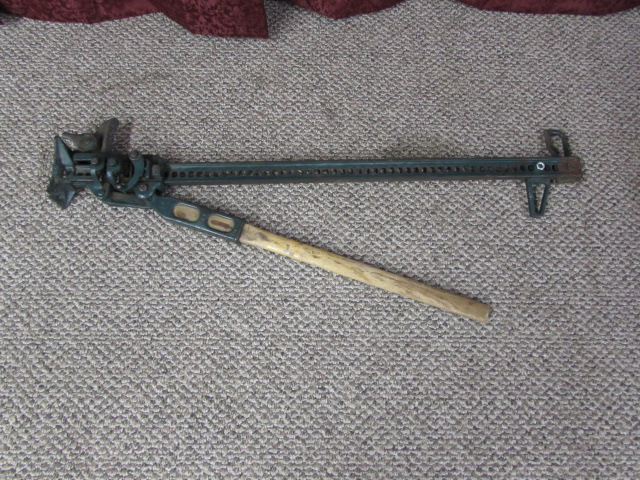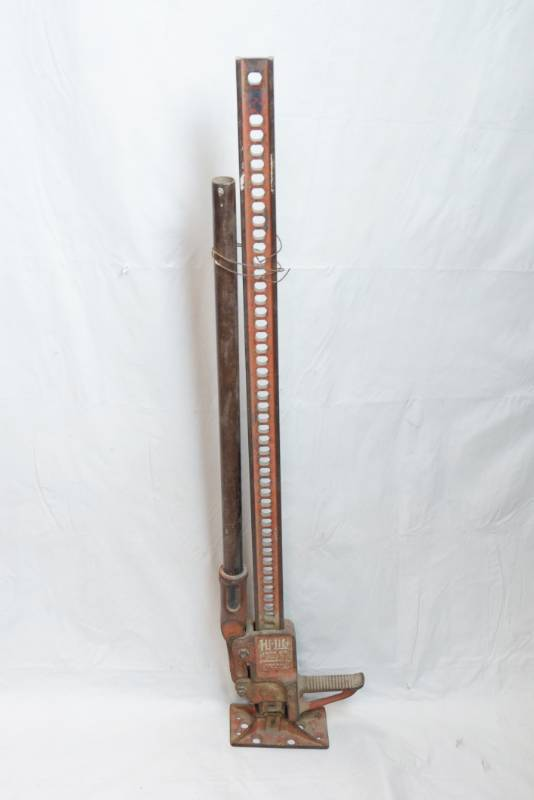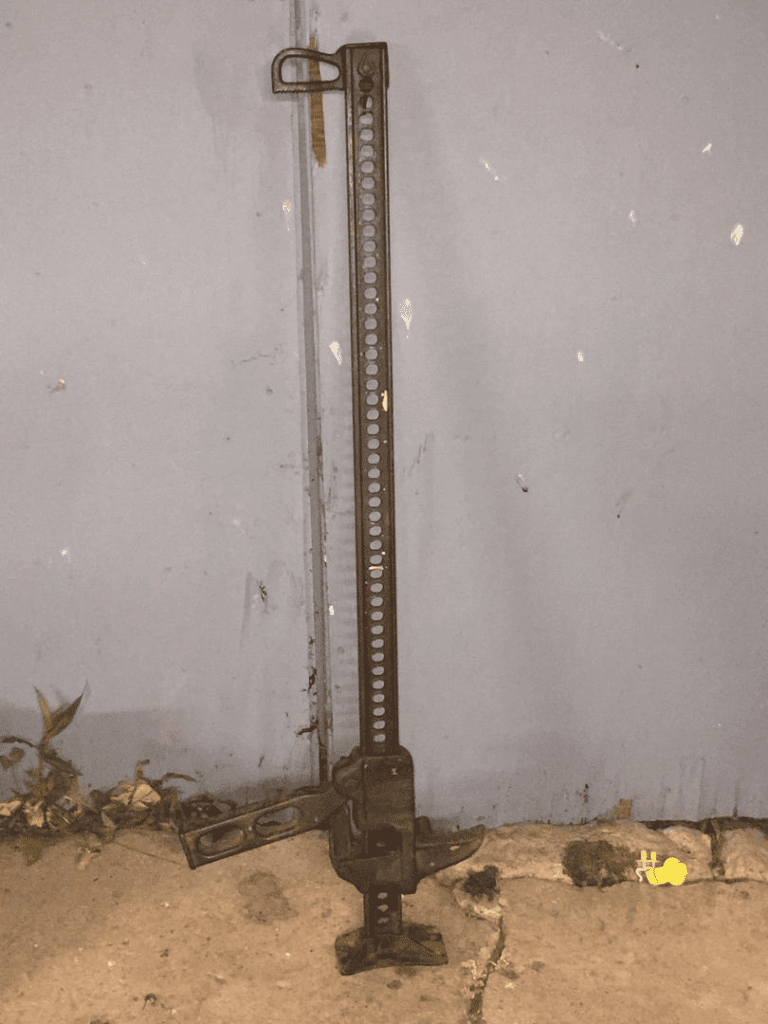Some things from the past refuse to fade away, and the lift jack is one of them. If you’ve been around for a while, you might remember seeing these sturdy, mechanical tools in garages, farmyards, and even roadside emergency kits. But in a world of hydraulic lifts and high-tech equipment, does the lift jack still have a place? Absolutely! This old-school tool carries decades of history and is still a favorite for those who appreciate reliability and raw mechanical power.
Let’s take a nostalgic journey into the history, uses, and legacy of the lift jack, a tool that once ruled the world of lifting and still refuses to retire.

A Look Back: The History of the Lift Jack
The lift jack, often referred to as the farm jack or mechanical jack, dates back to the early 1900s. It was designed as a simple yet powerful lifting device, primarily used in agriculture, automotive repair, and heavy-duty industries.
Back in the day, technology was far from what we have now. Workers needed a manual tool that could lift heavy objects without relying on electricity or hydraulics. Enter the lift jack—a gear-and-ratchet system that allowed people to raise vehicles, farm equipment, and even buildings with relative ease.
The most famous version, the Hi-Lift Jack, was patented in the early 1900s and became a must-have for farmers, mechanics, and off-road enthusiasts. Its long steel bar and rugged design made it one of the most versatile lifting tools ever created.
How Does a Lift Jack Work? The Science Behind the Simplicity
At first glance, a lift jack might look like a strange combination of gears, levers, and metal bars. But don’t let its old-school appearance fool you—it operates on a brilliantly simple mechanical principle.
A lift jack uses a ratcheting system that allows it to move incrementally in one direction while preventing it from slipping backward. Here’s how it works:
- Place the base on a solid surface – This ensures stability while lifting.
- Position the jack’s lifting mechanism under the load – The bar extends upward, creating space for the object to rise.
- Operate the handle – As you pump the handle, the lifting mechanism locks into place step by step, ensuring safety and control.
- Secure the load – Once the object is lifted, you can insert supports to keep it stable before lowering it again.
This manual yet effective process makes it perfect for rugged environments where modern hydraulic jacks might fail.

Where Was the Lift Jack Used? Its Legendary Role in Different Industries
The lift jack was not just for lifting cars—its versatility made it a game-changer in many industries. Here’s where it was most commonly used:
1. Farms and Ranches
Farmers used lift jacks to move heavy machinery, lift fences, and even pull tree stumps. Unlike modern tools that rely on power, these jacks worked anywhere, anytime.
2. Automotive and Roadside Repairs
Before modern scissor jacks and hydraulic lifts, mechanics and car owners relied on lift jacks to raise vehicles for tire changes and undercarriage work. Their durability and portability made them essential in every mechanic’s toolkit.
3. Off-Road and Rescue Operations
Adventurers and off-road drivers swear by lift jacks! When stuck in mud, sand, or rough terrain, these jacks helped lift vehicles out of tricky situations—something modern jacks often struggle with.
4. Construction and Heavy-Duty Work
Believe it or not, some builders even used lift jacks for shifting structures, stabilizing beams, and raising small buildings. Their incredible lifting power made them indispensable on construction sites.

Why Do People Still Love the Lift Jack Today?
Despite all the high-tech tools available today, the lift jack refuses to go away. Why? Because it still offers unique advantages that modern tools simply can’t match.
1. Extreme Durability
Lift jacks are built from solid steel and can withstand years of abuse without breaking. Unlike hydraulic systems that can leak or fail, a well-maintained lift jack lasts a lifetime.
2. Works in Any Condition
No electricity? No problem! Unlike electric or hydraulic lifts, a lift jack works in rain, mud, snow, and extreme temperatures.
3. Easy to Repair and Maintain
Hydraulic jacks require fluids, seals, and regular maintenance. A lift jack, on the other hand, just needs some oil on the moving parts, and it’s good to go.
4. Unmatched Versatility
From lifting and winching to pulling and clamping, the lift jack is like a Swiss Army knife of mechanical tools.

Is the Lift Jack Still Relevant in the Modern World?
Absolutely! While newer tools have taken over many jobs, the lift jack is still highly valued by farmers, off-roaders, and DIY mechanics. Many experienced users prefer it because:
- It’s stronger and more reliable than small hydraulic jacks.
- It doesn’t require electricity or hydraulic fluid.
- It can be used for lifting, winching, and pulling.
In fact, many off-road enthusiasts and mechanics still carry a lift jack in their vehicles today, knowing that when all else fails, this old-school beast will get the job done.
Final Thoughts: The Lift Jack’s Legacy Lives On
In a world filled with high-tech gadgets and sophisticated machinery, the lift jack remains a symbol of pure mechanical ingenuity. It may not be as common as it once was, but those who know its power wouldn’t trade it for anything.
From farms to garages, off-road adventures to construction sites, this relic of the past continues to hold its ground, proving that sometimes, the simplest tools are the most powerful.
So, next time you see a lift jack, don’t dismiss it as just another outdated piece of equipment. Instead, appreciate it for what it is—a timeless, reliable, and versatile tool that has stood the test of time.